Orotic Acid
-
High-purity orotic acid for research, pharma, and nutrition
-
≥98% purity, COA, MSDS, and full batch traceability
-
Bulk and laboratory packaging, prompt India-wide delivery
-
Expert technical support from chemikalstore.com
- Estimated Delivery : Up to 8 business days
- Free Shipping & Returns : On all orders over ₹1000
Buy Orotic Acid Online – High-Purity Pyrimidine Intermediate for Research, Pharma, and Nutrition at chemikalstore.com
Orotic acid (CAS 65-86-1) is a high-purity, heterocyclic carboxylic acid essential to biochemistry, pharmaceutical research, food fortification, and analytical chemistry. When you buy orotic acid online at chemikalstore.com, you secure a reagent- or pharmaceutical-grade compound with full documentation, batch traceability, and prompt India-wide delivery. This in-depth guide covers technical properties, safety, applications, and purchasing—optimized for all key terms and tailored for laboratory, industrial, and commercial buyers.
What is Orotic Acid?
Orotic acid, historically known as vitamin B13, is a pyrimidinecarboxylic acid and a key intermediate in the biosynthesis of pyrimidine nucleotides (uracil, cytosine, and thymine). In the body, it is produced by intestinal flora and is also present in dairy products and some plants. The compound is widely used in research, pharmaceuticals, animal nutrition, and as a mineral carrier in dietary supplements
Synonyms and Identifiers
-
Orotic acid
-
2,6-Dioxo-1,2,3,6-tetrahydropyrimidine-4-carboxylic acid
-
Uracil-6-carboxylic acid
-
Whey factor, Oropur, Orotyl, Orodin
-
CAS Number: 65-86-1 (anhydrous), 50887-69-9 (monohydrate)
-
EC Number: 200-619-8
-
Molecular Formula: C₅H₄N₂O₄ (anhydrous), C₅H₆N₂O₅ (monohydrate)
-
Molecular Weight: 156.1 g/mol (anhydrous), 174.11 g/mol (monohydrate)
-
PubChem CID: 967
Key Chemical and Physical Properties
| Property | Specification |
|---|---|
| Appearance | White to off-white crystalline powder |
| Purity | ≥98% (HPLC/GC) |
| Melting Point | >300°C (decomposes) |
| Solubility | Slightly soluble in water (1.7 mg/mL), DMSO, ammonium hydroxide; insoluble in chloroform |
| pH (1% solution) | Slightly acidic |
| Storage Temp | Room temperature, sealed, dry |
| Packaging | 25g, 100g, 500g, 1kg bottles; custom bulk |
| Documentation | COA, MSDS, HPLC/GC reports |
Biological and Biochemical Role
-
Pyrimidine Biosynthesis: Orotic acid is a direct precursor to uridine monophosphate (UMP) in the de novo synthesis of pyrimidines. It is converted to orotidine-5′-monophosphate (OMP) by orotate phosphoribosyltransferase (OPRT), then decarboxylated to UMP, a building block of RNA and DNA
-
Metabolic Pathways: Orotic acid is involved in folic acid and vitamin B12 metabolism, and its abundance can spare or partially compensate for vitamin B12 deficiency
-
Mineral Carrier: Orotic acid forms stable salts (orotates) with minerals such as lithium, magnesium, and zinc, increasing their bioavailability in dietary supplements
Applications of Orotic Acid
1. Pharmaceutical and Biochemical Research
-
Nucleotide Synthesis: Used as a substrate in studies of pyrimidine biosynthesis, enzyme kinetics (OPRT), and metabolic regulation
-
Drug Discovery: Starting material for uridine, cytidine, and analogs; intermediate in the synthesis of antiviral and anticancer agents.
-
Disease Research: Used to model orotic aciduria, a rare genetic disorder, and to study urea cycle defects and hepatic metabolism.
2. Food and Nutrition
-
Vitamin B13 Source: Historically classified as vitamin B13, orotic acid is sometimes used in food fortification and as a nutritional supplement
-
Mineral Orotates: Carrier for minerals in dietary supplements (e.g., lithium orotate, magnesium orotate), claimed to enhance absorption and bioavailability
3. Animal Feed and Veterinary Use
-
Growth Promoter: Added to animal feed to support growth, reproduction, and metabolic health, especially in livestock and poultry.
-
Dairy Science: Present in whey and milk, orotic acid is used as a marker for metabolic health in dairy cows.
4. Analytical Chemistry
-
Reference Standard: Used in HPLC, GC, and enzymatic assays for quantifying pyrimidines and related metabolites.
-
Biomarker: Orotic acid levels in urine are measured to diagnose urea cycle disorders and certain metabolic diseases.
5. Cosmetics and Bodybuilding
-
Cosmetic Ingredient: Used for its antioxidant and skin-conditioning properties in some formulations.
-
Sports Nutrition: Marketed as a supplement to enhance ATP production and endurance, though clinical evidence is limited
Technical Specifications and Quality Control
| Parameter | Specification | Test Method |
|---|---|---|
| Purity | ≥98% | HPLC, GC |
| Water Content | ≤0.5% | Karl Fischer |
| Residual Solvents | ≤0.5% | GC-HS |
| Appearance | White/off-white solid | Visual |
| Melting Point | >300°C (decomposes) | Capillary method |
| Solubility | Water, DMSO, NH₄OH | Visual |
| Identity (NMR/IR) | Conforms | ¹H/¹³C NMR, FTIR |
| Heavy Metals | ≤10 ppm | ICP-OES |
Safety, Handling, and Storage
Hazard Classification (GHS/CLP)
-
H302: Harmful if swallowed
-
H315: Causes skin irritation
-
H319: Causes serious eye irritation
-
H335: May cause respiratory irritation
-
NFPA/HMIS Ratings: Health = 2, Fire = 0, Reactivity = 07
Precautions
-
Use gloves, goggles, and lab coat.
-
Avoid inhalation, ingestion, and skin/eye contact.
-
Handle in a fume hood if dust is generated.
First Aid
-
Skin/Eye Contact: Rinse with water for 15 minutes, seek medical attention if irritation persists.
-
Inhalation: Move to fresh air, seek help if symptoms persist.
-
Ingestion: Rinse mouth, do not induce vomiting, get medical help.
Storage and Disposal
-
Store tightly sealed, in a dry, cool place at room temperature
-
Dispose of waste according to local hazardous waste regulations.
Comparison: Orotic Acid vs. Orotic Acid Monohydrate
| Parameter | Orotic Acid (Anhydrous) | Orotic Acid Monohydrate |
|---|---|---|
| CAS Number | 65-86-1 | 50887-69-9 |
| Molecular Formula | C₅H₄N₂O₄ | C₅H₆N₂O₅ |
| Molecular Weight | 156.1 g/mol | 174.11 g/mol |
| Appearance | White powder | White/off-white powder |
| Solubility (Water) | Slightly soluble | Slightly soluble |
| Melting Point | >300°C | >300°C |
| Use | Research, pharma, nutrition | Research, food, nutrition |
How to Buy Orotic Acid Online at chemikalstore.com
-
Visit chemikalstore.com and search for “orotic acid online”.
-
Review product details: Purity, batch size, documentation, and price.
-
Enquire or order online: Use the enquiry form for custom or bulk pricing.
-
Secure checkout: Multiple payment options, GST invoicing, and shipment tracking.
-
Receive COA and MSDS: With every batch for regulatory compliance and quality assurance.
Packaging and Supply Options
| Package Size | Application | Typical Users |
|---|---|---|
| 25g, 100g | Laboratory research | Academic, R&D labs |
| 500g, 1kg | Synthesis, pilot scale | Pharma, biotech |
| 5kg, 25kg+ | Bulk, industrial | Manufacturers, CROs |
All shipments include COA, MSDS, and batch traceability. Custom and bulk packaging available.
Frequently Asked Questions (FAQ)
Q1: Is orotic acid a vitamin?
A: It was once called vitamin B13 but is now classified as a non-vitamin pyrimidinecarboxylic acid
Q2: What is the main use in biochemistry?
A: It is a key intermediate in the biosynthesis of pyrimidine nucleotides (UMP, CMP, TMP)
Q3: Is it safe for human consumption?
A: Research and analytical grades are not for direct human use. Food-grade orotic acid is used in supplements, but only as permitted by regulations
Q4: What is orotic aciduria?
A: A rare genetic disorder causing excess orotic acid in urine, linked to urea cycle defects and pyrimidine metabolism disorders
Q5: Does orotic acid enhance mineral absorption?
A: Orotic acid forms orotates (e.g., magnesium orotate) that are claimed to improve mineral bioavailability
Q6: What documentation is provided?
A: Each batch comes with a COA, MSDS, and analytical data (HPLC, NMR) for regulatory and quality assurance.
Summary Table: Orotic Acid
| Parameter | Value |
|---|---|
| CAS Number | 65-86-1 (anhydrous), 50887-69-9 (monohydrate) |
| Synonyms | Vitamin B13, uracil-6-carboxylic acid |
| Molecular Formula | C₅H₄N₂O₄ (anhydrous) |
| Molecular Weight | 156.1 g/mol (anhydrous) |
| Appearance | White to off-white powder |
| Purity | ≥98% (HPLC/GC) |
| Melting Point | >300°C (decomposes) |
| Solubility | Slightly soluble in water, DMSO |
| Packaging | 25g–25kg bottles, bulk on request |
| Documentation | COA, MSDS, HPLC/GC |
| Supplier | chemikalstore.com (India) |

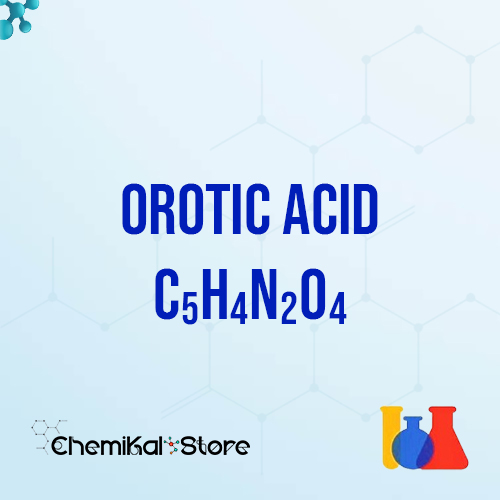
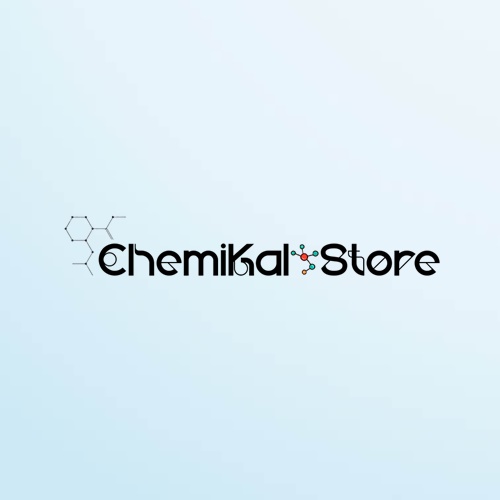


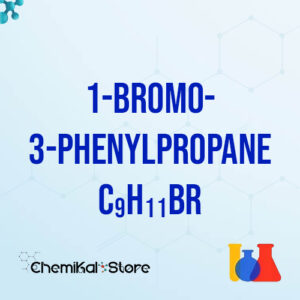
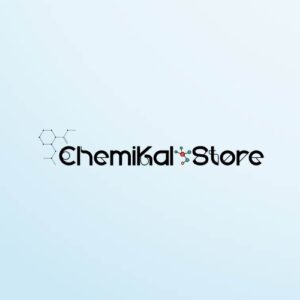
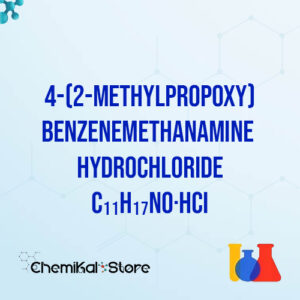
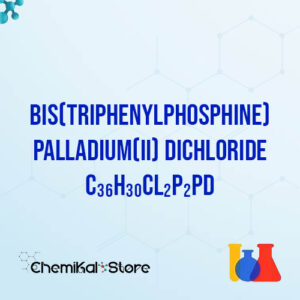
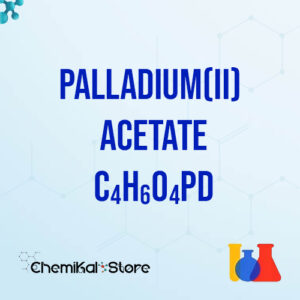
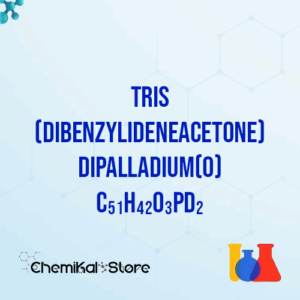
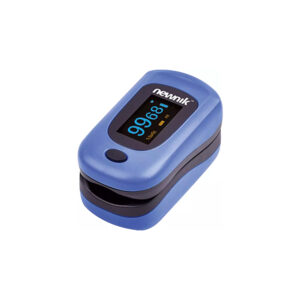 Newnik Fingertip Pulse Oximeter with Audio
Newnik Fingertip Pulse Oximeter with Audio 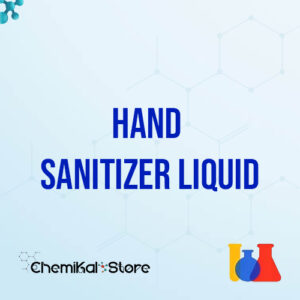
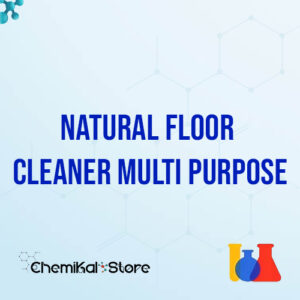
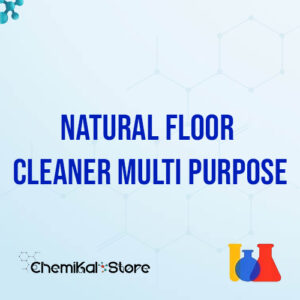



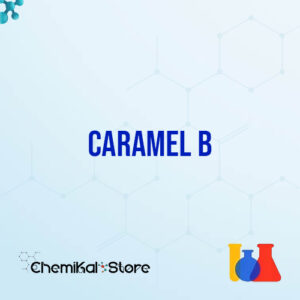
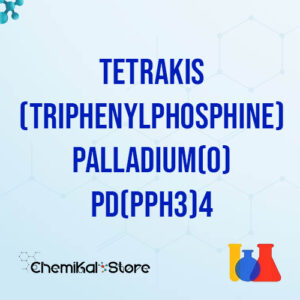
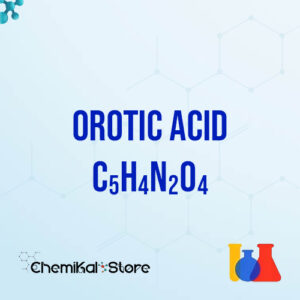
Reviews
There are no reviews yet.